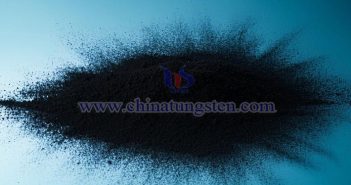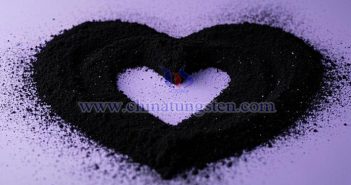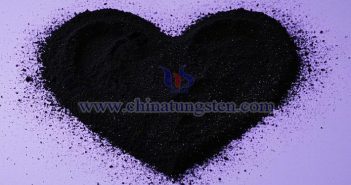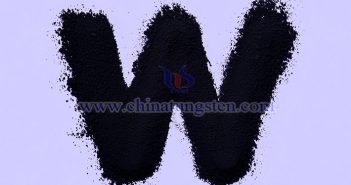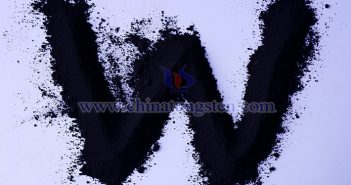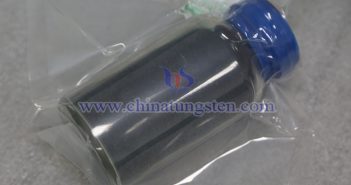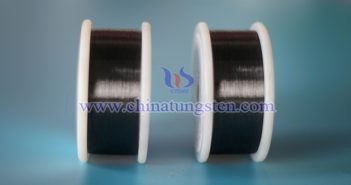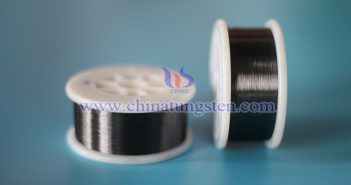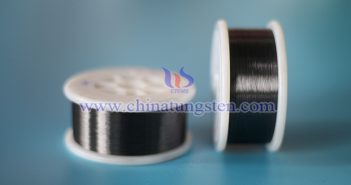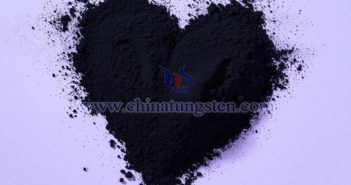
In the thriving field of materials science, tungsten disulfide (WS?), as an emerging two-dimensional material, is steadily gaining prominence, drawing the attention of numerous researchers. Composed of tungsten (W) and sulfur (S) atoms, WS? boasts a unique layered structure where each layer resembles a “sandwich” woven from tungsten and sulfur atoms. This distinctive architecture imparts WS? with a range of exceptional properties. Visually, Zhongwu Zhizao’s WS? typically appears as a black-gray powder, insoluble in water and common organic solvents, with…

